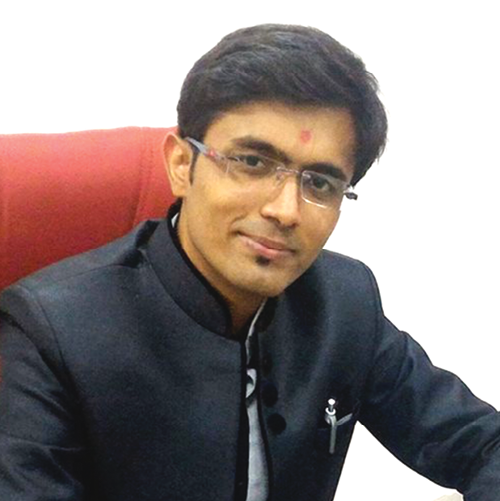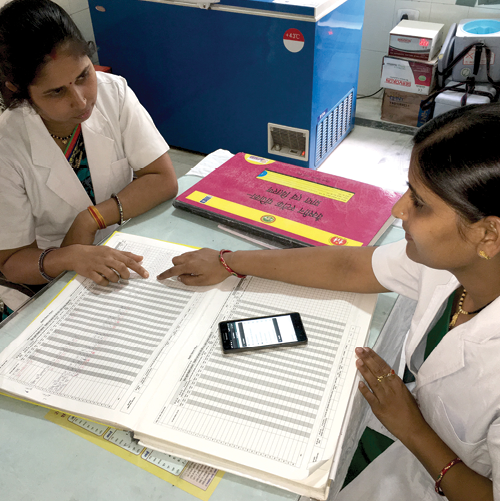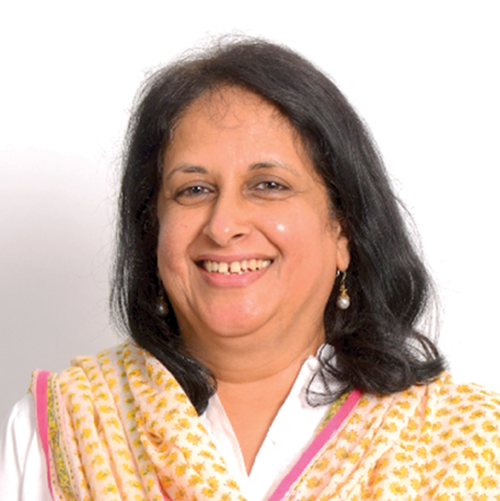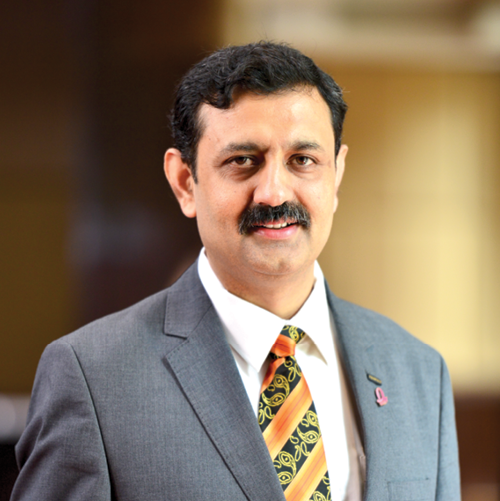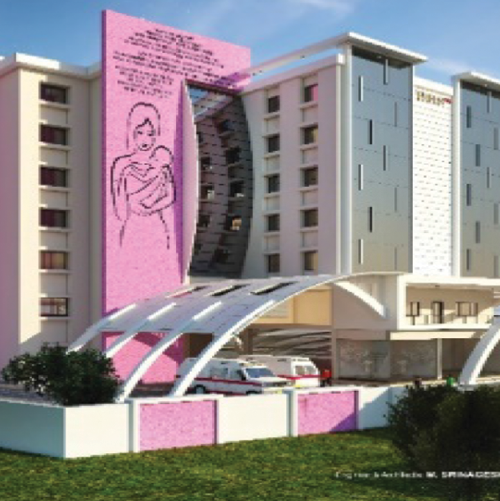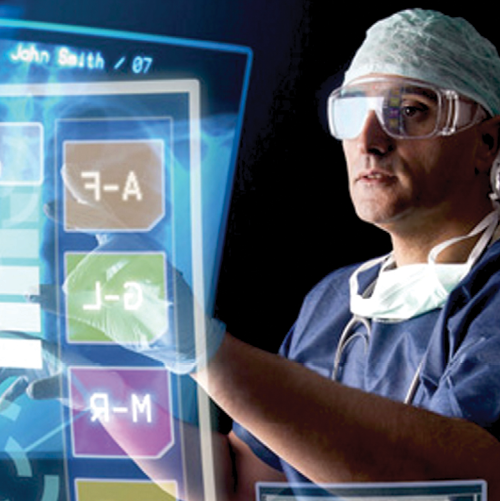
 Expanding the scope of eHospital programme, Karnataka Chief Minister Siddaramaiah has announced to implement the project in all government hospitals across the state. The government has envisaged implementing e-Hospital software in all the facilities across Karnataka by 2017-18 from PHC level to district hospitals to provide accountable and transparent health services to the community across the state, observes Elets News Network (ENN).
Expanding the scope of eHospital programme, Karnataka Chief Minister Siddaramaiah has announced to implement the project in all government hospitals across the state. The government has envisaged implementing e-Hospital software in all the facilities across Karnataka by 2017-18 from PHC level to district hospitals to provide accountable and transparent health services to the community across the state, observes Elets News Network (ENN).
Health status of the community has engaged the attention of the public as well as the private stakeholders from the beginning of this decade. Rapid progress in achievement of health indicators has been made after implementation of National Rural Health Mission (NRHM) in state with adequate strengthening of the public healthcare system. Still display of available services, accountability and transparency lack in public health system. This has led to inadequate access for essential healthcare services which is a key step towards achieving of Universal Health Coverage (UHC). Community often depend on the unorganised, and at times, unqualified private providers leading to heavy out of pocket expenses. Realising this significant gap for improving access for public health care, the Government of Karnataka has launched the e-Hospital programme to provide accountable and transparent health services to the community.

Karnataka Chief Minister Siddaramaiah announced in his budget speech on March 15, 2017, to implement the project in all government hospitals across the state. Earlier, the state has implemented the project in three state-level hospitals as pilot under the guidance of National Informatics Centre (NIC). The software has been provided by NIC, Tripura with data storage facility in local servers.
In financial year 2015-16, with directives of the Health Minister, state government is scaling up the project to other district hospitals and general hospitals which are under health department under guidance of NIC, Bengaluru, with secured connectivity from Karnataka State Wide Area Network (KSWAN) of e-Governance Department. State has envisaged implementing e-Hospital software in all the facilities across Karnataka by 2017-18 from PHC to district hospitals with online registration system and Namma Hospital implementation for providing patient centric Health services.
In financial year 2015-16, with directives of the Health Minister, state government is scaling up the project to other district hospitals and general hospitals which are under health department under guidance of NIC, Bengaluru, with secured connectivity from Karnataka State Wide Area Network (KSWAN) of e-Governance Department. State has envisaged implementing e-Hospital software in all the facilities across Karnataka by 2017-18 from PHC to district hospitals with online registration system and Namma Hospital implementation for providing patient centric Health services.

IT enabling services for improvement in hospital based services, included in e-hospital modules are:
â™ Electronic health record/ Medical record system.
â™ Laboratory information management system (LIS)
â™ Pharmacy information system (DDMS-e-aushadhi)
â™ Patient registration or scheduling system including Online Registration System(ORS)
â™ Monitoring, uation, and patient tracking system
â™ Clinical decision support system (CDSS) with adoption of ICD-10 Classification
â™ Patient reminder system
â™ Assured Referral Services
â™ Research/data collection system
â™ Namma Aspathre for documenting patient feedback to improve the quality of care
The following technologies will be practiced in the e-Hospital programme in state for strengthening efficient health care in state.
Electronic Health Record (EHR): As an electronic file cabinet for patient data from various sources, viewed as real-time access to patient data, which will improve continuum of care.
Computerised Provider Order Entry (CPOE)
Medication ordering & fulfilment system is incorporated for use in lab orders, radiology studies, procedure, discharges, transfers, and referrals. CPOE significantly reduced (55 percent) serious medication errors (Bates et al. 1998).
Clinical Decision Support System (CDSS): Will be utilised for real-time diagnostic and treatment recommendations by doctors using updated version of ICD 10 classification software. This technology helps us for uniform follow-ups at various hospitals across the state. Suitable protocols and alerts prescription drug interaction (e-prescription) will be practiced in CDSS and CDSS is used as part of CPOE and EHR.
Picture Archiving and Communications System (PACS): Will be used in all major hospitals for disseminating integrated, stored radiological images and also between the hospitals in implementation of tele-radiology services.
Bar coding: Optical scanner is used extensively to electronically capture information encoded on a product. In the state we are using to have paperless event recording, additionally, in reception software will be designed to Adhaar card enabled health services implementation.
Radio Frequency Identification (RFID): This technology will be adopted for a wireless communications system. An alternative to bar coding links lab and medication tracking to patients throughout the hospital stay.
Automated Dispensing Machines (ADMs): This technology distributes medication doses and will be linked to the Drug Distribution Monitoring System (DDMS) software. This will provide drug dosage and drug utilization methodology information to the patients.
Electronic Materials Management (EMM): Used to track and manage inventory of medical supplies, pharmaceuticals etc. This will be linked to the Drug Distribution Monitoring System (DDMS) software. This will able us for auto indenting, alerts for drug stock out, prevents wastage of drugs, recommends First in First out drug management and auto report generation services.
Interoperability: This concept will be implemented through secured KSWAN connection for effective referral services between the hospitals across the state for referral services. Interoperability focuses on development of standards for content and messaging development of adequate security and privacy safeguards.
Data Portability: existing reporting and other service delivery softwares will be inter connected for data portability. Presently health system is utilizing HMIS, MCTS, Nickshay, IDSP, NCD, RBSK, DDMS, and Civil registration software which will get data portability through e-hospital programme software using universal data operability code for accurate data and ovoid duplication in reporting. This process will be done in subsequent years in phase-wise manner. Utilization of IT in health care can significantly improve the patient care as well as Human resource & Inventory Management. The process will considerably reduce the work process time & improve the efficiency of the institutions in state.
Currently project stress mainly on implementation of e-hospital programme by adoption of ICT equipments, Human Resources and free open source software in all 20 district hospitals, 3 state level hospitals and 24 taluk hospitals with emphasis on IT. Further patients can register themselves in online registration system portals (ors.gov. in) to get online appointment with Specialists and to get Lab reports to their mobile.
State is also implementing Namma Aspathre as Patient feedback documentation through ors.gov.in for making exist interview for the patients through mobile applications or emails or web portals or mobile phone interviews so that it will provide insight for further improvement of patient centric health services in the hospital and grade the services of the facilities offered by hospitals.
Be a part of Elets Collaborative Initiatives. Join Us for Upcoming Events and explore business opportunities. Like us on Facebook , connect with us on LinkedIn and follow us on Twitter , Instagram.



